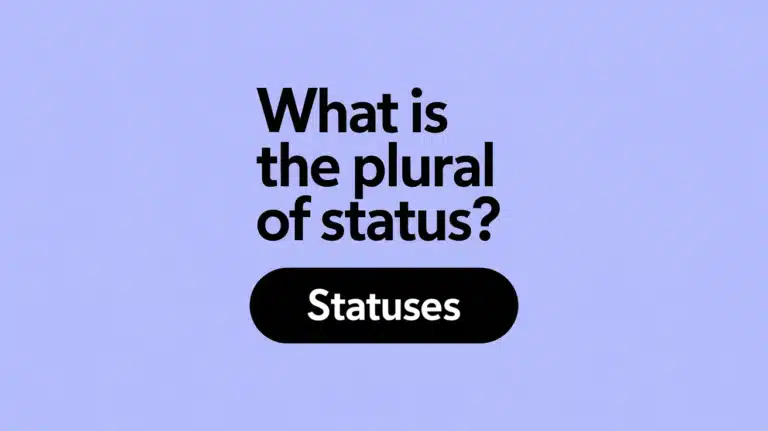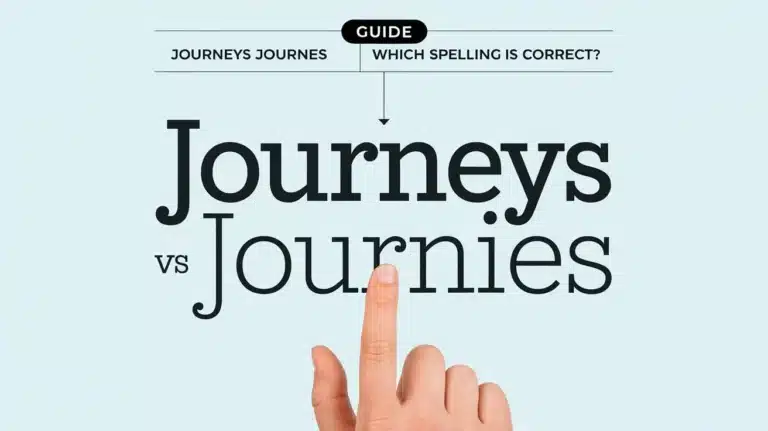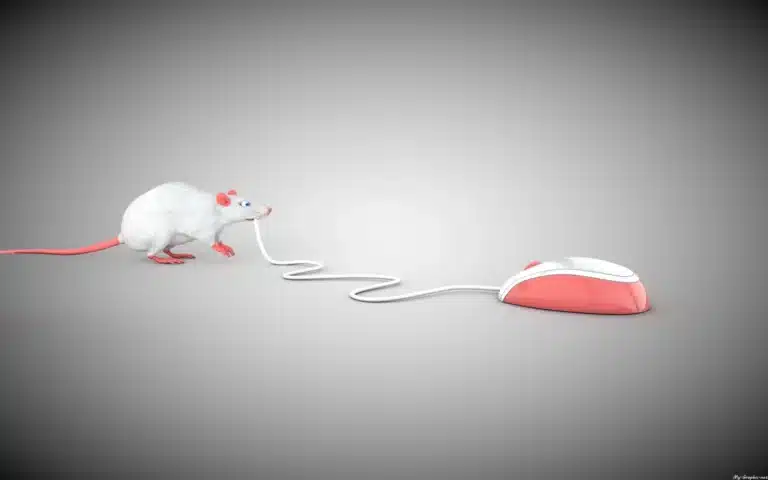The Strange Plurals of ‘Ox’ and ‘Fox’: A Fun Language Adventure
‘Ox’ and ‘Fox’
Have you ever wondered why we say “oxen” when talking about more than one ox, but “foxes” for multiple foxes? This oddity in English can be quite puzzling, but it’s also a fascinating glimpse into how our language has evolved. Let’s explore why these animals have such different plural forms and uncover some interesting language facts along the way!
English Plurals: Breaking the Rules
English is full of exceptions, especially when it comes to making words plural. While most words simply add “-s” or “-es” to become plural, some like “ox” and “fox” don’t follow the usual rules.
The Basic Plural Rules
Before we dive into the exceptions, let’s quickly go over the standard ways to make nouns plural in English:
- Add ‘-s’ to most nouns (e.g., dog → dogs)
- Add ‘-es’ to nouns ending in -s, -z, -x, -sh, or -ch (e.g., bus → buses)
- Change ‘-y’ to ‘-ies’ for nouns ending with a consonant + y (e.g., lady → ladies)
But “ox” and “fox” break these simple patterns!
Understanding ‘Ox’ and ‘Fox’ in Singular Form
First, let’s look at what these animals are:
What is an Ox?
An ox is a large, strong animal from the cow family, often used for pulling heavy loads or providing meat. The word “ox” comes from Old English “oxa.”
Read More About : Cart vs Kart: Decoding the Spelling Mystery
What is a Fox?
A fox is a clever, small mammal from the dog family, famous for its bushy tail. The word “fox” also comes from Old English “fox.”
Read More About: What’s the Correct Plural of Iris? A Detailed Guide with Examples
The Plural Puzzle: ‘Oxen’ vs. ‘Foxes’
Now, let’s solve the mystery of their plurals!
Why ‘Ox’ Becomes ‘Oxen’
The plural of “ox” is “oxen.” This is an old-fashioned way of making plurals that comes from Old English, where some words used “-en” instead of just “-s” or “-es.” Although most of these old plural forms have disappeared, “oxen” is still used today.
Example: “The oxen are working in the field.”
Why ‘Fox’ Becomes ‘Foxes’
On the other hand, “fox” follows the modern rule for making plurals. Since “fox” ends with an “x,” we simply add “-es” to make it “foxes.” This makes it easy and consistent with other similar words.
Example: “There are several foxes in the forest.”
Comparing ‘Oxen’ and ‘Foxes’
Let’s see how “oxen” and “foxes” differ:
| Feature | Oxen | Foxes |
|---|---|---|
| Plural ending | -en | -es |
| Pronunciation change | Big change | Little change |
| Origin | Old English | Modern English |
| Regularity | Irregular | Regular |
Why Did ‘Oxen’ Stick Around?
“Oxen” survived because it was deeply rooted in the language and used in important contexts like farming and literature. Over time, most old plural forms disappeared, but “oxen” remained a special case.
Fun Fact:
The word “children” also comes from an old plural form, combining “-er” from “childer” (an old plural) and “-en.”
Why ‘Foxes’ Follow Modern Rules
“Foxes” is easy to form because it follows the current pluralization rules. Adding “-es” to words ending in “x,” “s,” “z,” “ch,” or “sh” makes them plural smoothly.
Other Examples:
- Box → Boxes
- Bus → Buses
- Dish → Dishes
This consistency helps people remember how to make plurals without confusion.
When ‘Ox’ Isn’t ‘Oxen’
Sometimes, “ox” behaves differently, especially in compound words. In these cases, it often uses the regular “-s” plural instead of “oxen.”
Examples:
- Ox-carts (not oxen-carts)
- Oxbows (not oxenbows)
This shows that English plural rules can be flexible and depend on the context.
‘Oxen’ and ‘Foxes’ in Language and Culture
These plural forms have found their way into many sayings and stories:
- “As strong as an ox” – referring to one ox
- “The fox guarding the henhouse” – talking about one fox representing a group
In books and movies, both singular and plural forms are used:
- “The Fox and the Hound” – a popular Disney movie
- “For the Time Being: Oxen” – a poem by W.H. Auden
Tips to Remember These Plurals
Learning these irregular plurals can be tricky, but here are some easy ways to remember them:
- Oxen: Think “One ox, two oxEN.”
- Foxes: Remember “Add ES to make foxES.”
Common Mistakes to Avoid:
- ❌ Oxes (incorrect)
- ❌ Foxen (incorrect)
Always use oxen and foxes!
Other Interesting Animal Plurals
“Ox” and “fox” aren’t the only animals with unique plurals. Here are a few more:
- Changing Vowels:
- Mouse → Mice
- Goose → Geese
- Louse → Lice
- Same Form for Singular and Plural:
- Deer (one deer, two deer)
- Sheep (one sheep, many sheep)
- Fish (one fish, many fish or fishes)
These examples show how rich and varied English plurals can be!
Will ‘Oxen’ and ‘Foxes’ Change?
Language is always evolving, and it’s possible that even these old and regular plurals might change in the future. However, because “oxen” and “foxes” are so well-established in our language and culture, they will likely stay the same for a long time.
Some language experts think English might simplify these rules, but “oxen” has a strong historical presence that makes this unlikely soon.
Celebrating English’s Unique Plurals
The journey from “ox” to “oxen” and “fox” to “foxes” shows just how diverse and interesting English can be. These unusual plural forms highlight the history and evolution of our language, making it both challenging and exciting to learn.
Next time you see a group of oxen or foxes, take a moment to appreciate the unique story behind their names. These little quirks make English special and keep language lovers engaged and curious!







